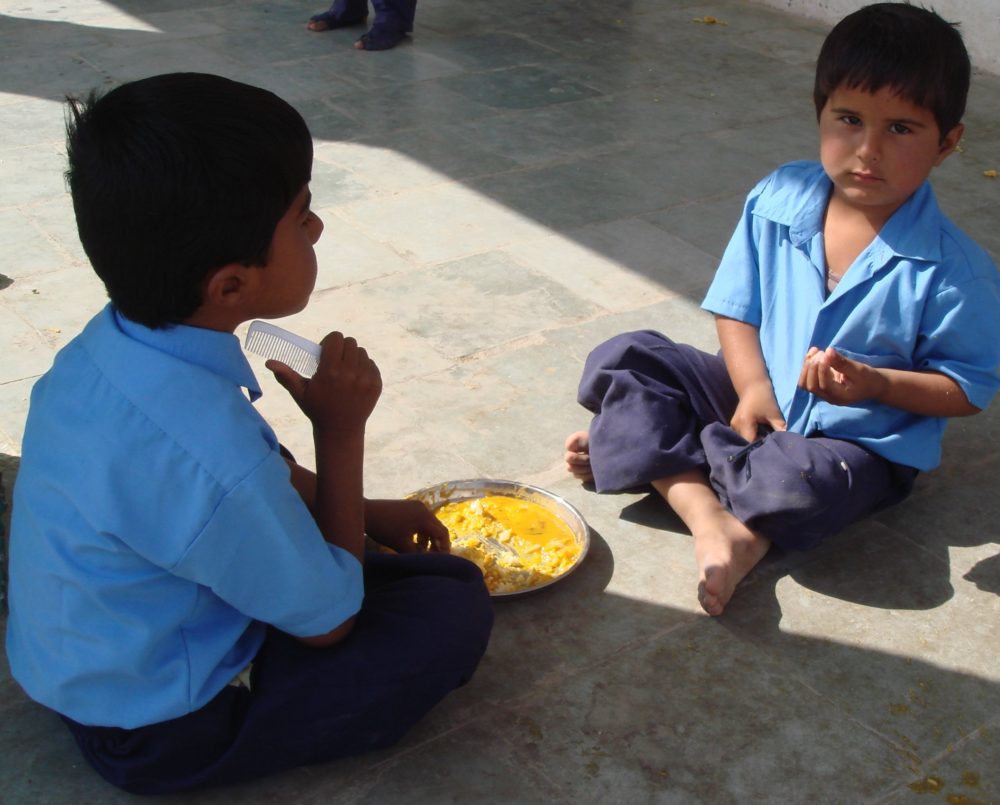By Neena Bhandari
Jodhpur (Rajasthan), 09.03.2012 (WFS): The clock chimes 11 am. Neetu Yadav, 10, and her classmates’ eyes turn expectantly from the blackboard to the school gates. The roar of the approaching autorickshaw carrying their mid-day meal is growing louder, and the 35 students at the government-run Rajkya Prathmik Vidyalaya, Ghanchiyon ki Gufa, Saraswati Nagar in Jodhpur, erupt into a loud cheer.
Jodhpur, located in the vast Thar desert of western Rajasthan, is the state’s second largest city, with a population of around 3.68 million, according to the 2011 Census. The city prides itself on its educational institutions and the average literacy here is 81.56 per cent – with female literacy at 73.93 per cent. Impressive figures, given that the average literacy rate in the state is 67 per cent.
That’s the reason an initiative like the Mid Day Meal Scheme assumes so much importance here. “The meal is certainly an incentive for me to come to school”, Neetu says with a beaming smile. A Class V student, she particularly loves the ‘namkeen khichadi’ (dal and rice cooked together with spices) on today’s menu. Her parents, who were once farmers in Bihar, migrated to this historic city in search of work. Her father is employed in a steel factory and her mother does odd stitching jobs to supplement the meagre family income.
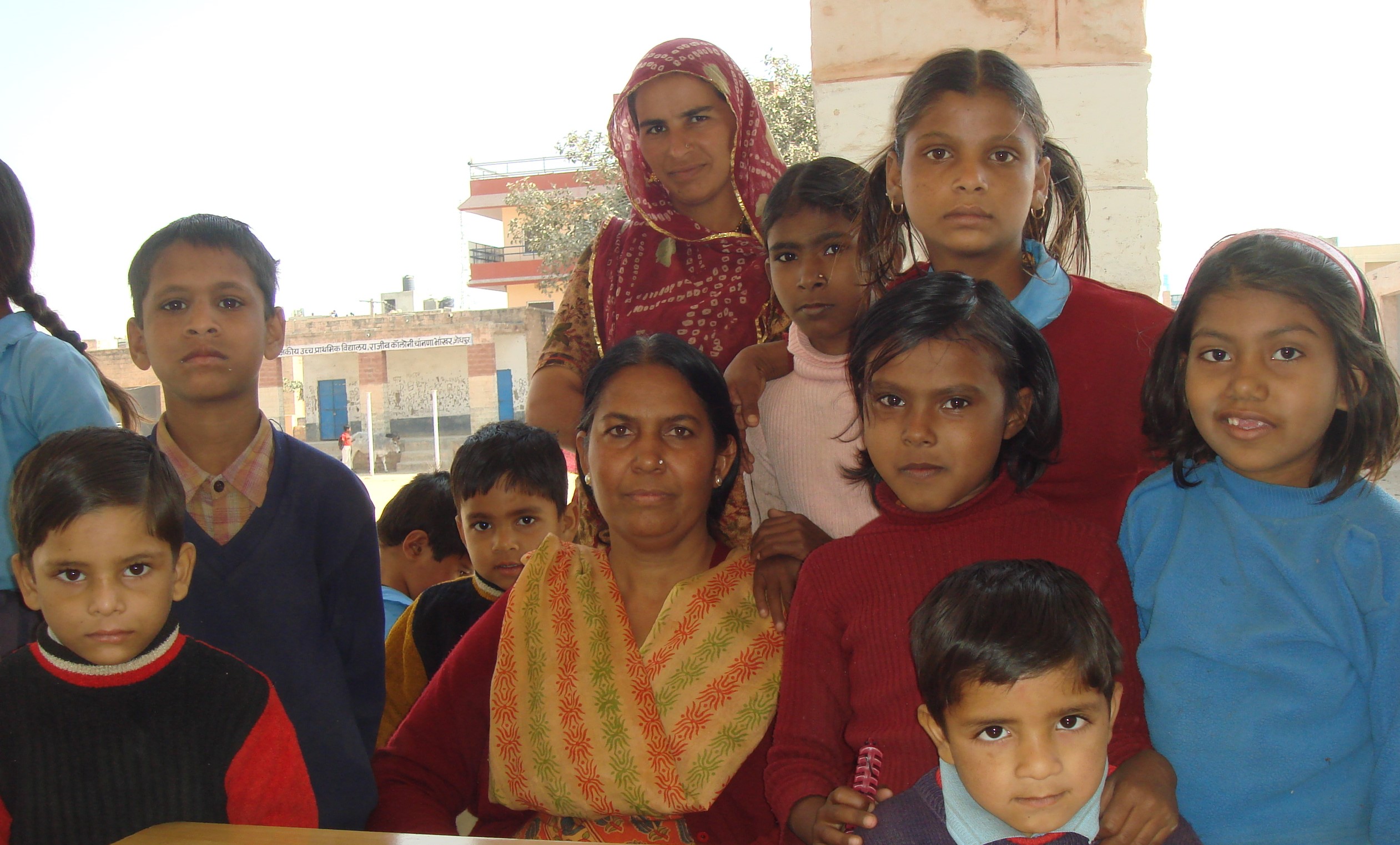
So what do children like Neetu eat before coming to school? Does India really need the Mid Day Meal Scheme? Neetu can only have tea and a couple of biscuits (cookies) before setting out for school. For her, and for innumerable children like her, the mid-day meal is the only wholesome meal they get on any given day.
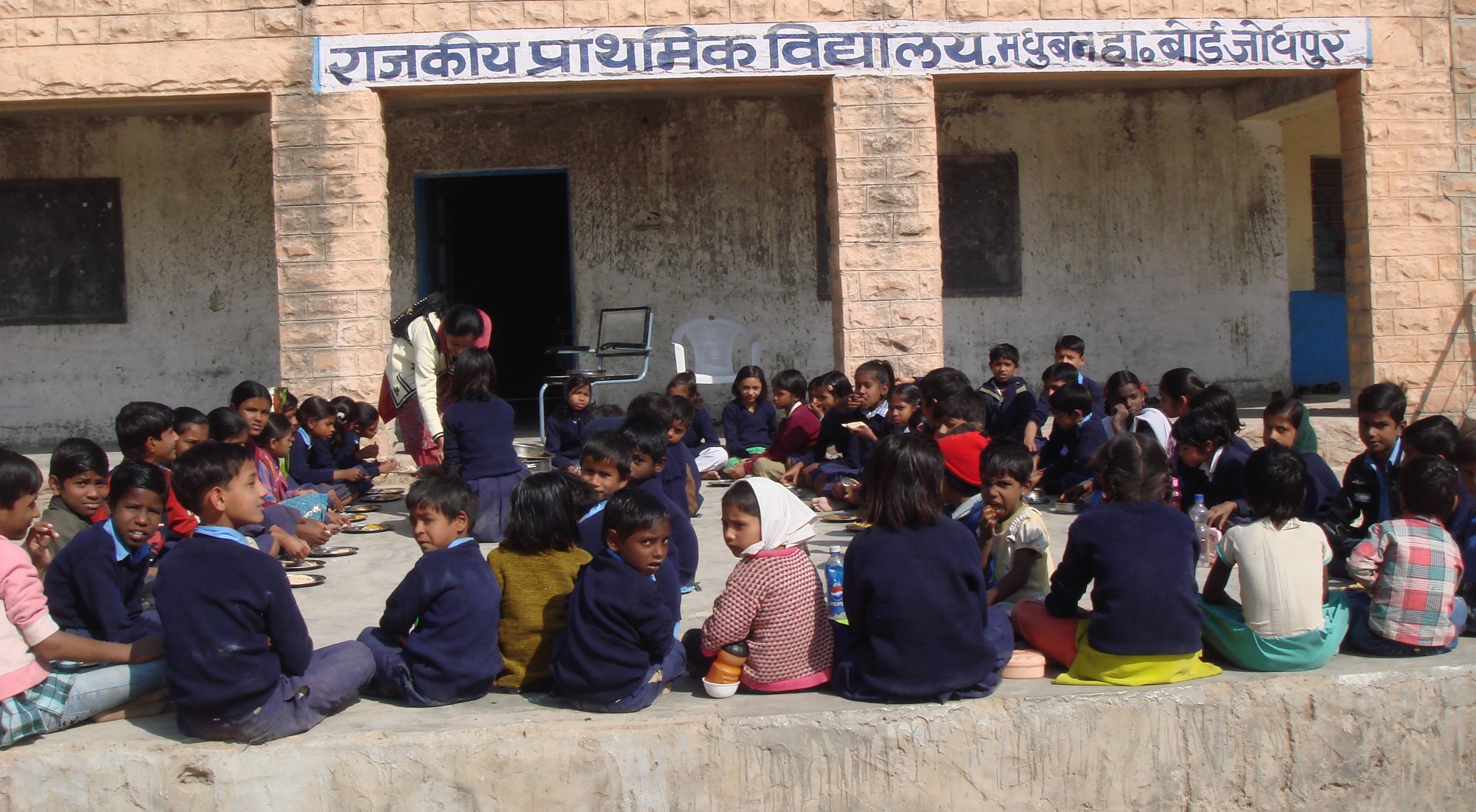
The school has 54 students enrolled, but on an average 35 students attend school each day. Principal Beena Tiwari determines the amount of food required for the mid-day meal going by the previous day’s attendance and tastes the meal before serving it to the children. She says, “Many of my students confess that the mid-day meal is a great motivator for them to attend school”.
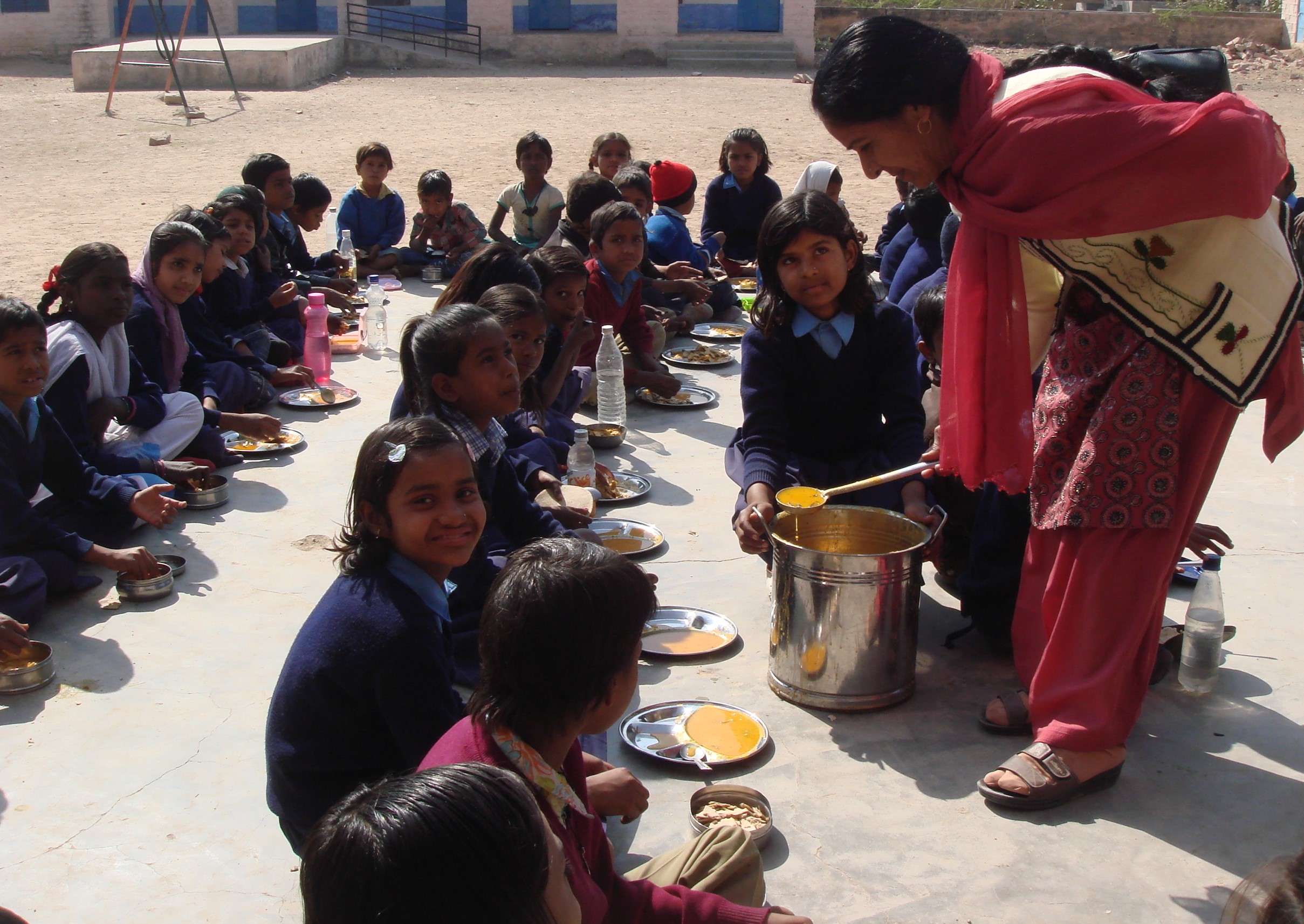
In adjoining Rajkya Prathmic Vidyalaya, Madhuban Housing Board, housed in the same campus, children sit in rows facing each other on the cemented platform at the school’s entrance. Teacher, Mooli Tolani, is being helped by some of the older students to carry the food containers and serve the meal to the 84 students present today.
In fact, at 11am this is a sight replicated across the city’s 467 schools, located within a 26-kilometre radius, which are provided food directly from a centralised kitchen. Other schools have their own cook, kitchen and utensils, depending on the number of enrolments. According to official records, a total of 353,661 students in the 4,052 government schools in Jodhpur District have benefited from the Mid Day Meal Scheme in December 2011.
Talking to other children, most of whom live in small rented rooms in the narrow bylanes of this desert city, a similar story unfolds. If it weren’t for the mid-day meal, Kanchan Yadav, 12, who has five siblings, would go hungry most times. Kanchan along with her friend, Pushpa Kumari, 11, would like milk to be included in some form in their mid-day meal, either as ‘kheer’ (rice pudding) or as wheat and milk porridge or as ‘chhach’ (a yogurt drink with salt and cumin).
Milk, fruits and dal (pulses/lentils) are markedly absent in the normal diet of these children. Under the MDM scheme, there is provision for only one fruit per child per week. With ‘dal’ presently costing Rs 80 (US$1=Rs 48.7) a kg and milk anywhere between Rs 20 and Rs 25 a litre, most families can afford to cook only one seasonal vegetable and buy small quantity of milk for making chai (Indian tea).
Some children are a little fortunate, but only just. “We have milk with a spoonful of ghee and bread for breakfast. My father pays a monthly sum to the kirana (grocery) store so we can pick up a packet of Maggi noodles on the way home from school to have with afternoon tea,” says Panchu Singh Rawat, 14. He is the eldest of four children, all studying at Rajkya Prathmik Vidyalaya, Madhuban Housing Board.
The food provided under the National Programme of Nutritional Support o Primary Education – commonly known as the Mid Day Meal Scheme – is customised to local taste. When the scheme was launched on August 15, 1995, students were given ghughari (boiled wheat porridge with jaggery). Since 2002, cooked meals are being provided comprising a set menu of local favourites – dal-bati, dal-roti, roti-sabji, sweet or savoury rice and khichadi – on a weekly rotational basis.
Approximately Rs 6 per child per day is spent by the government on each meal, with the central government supporting 75 per cent of the cost, and the state government picking up the rest of the tab. Costs are kept down by using subsidised foodgrains from the Public Distribution System (PDS). For instance, under the PDS, wheat that is sold at Rs 21 per kg in the open market is priced at Rs 4.15 per kg and rice sold at Rs 25 is subsidised to Rs 5.65 per kg.
The cooking conversion cost, which includes fuel, oil and spices, of 100gm of wheat/rice given to each Class 1 to 5 student per meal is Rs 2.89; and the cooking conversion cost of 150gm of wheat/rice given to each Class 6 to 8 student per meal is Rs 4.33 per meal.
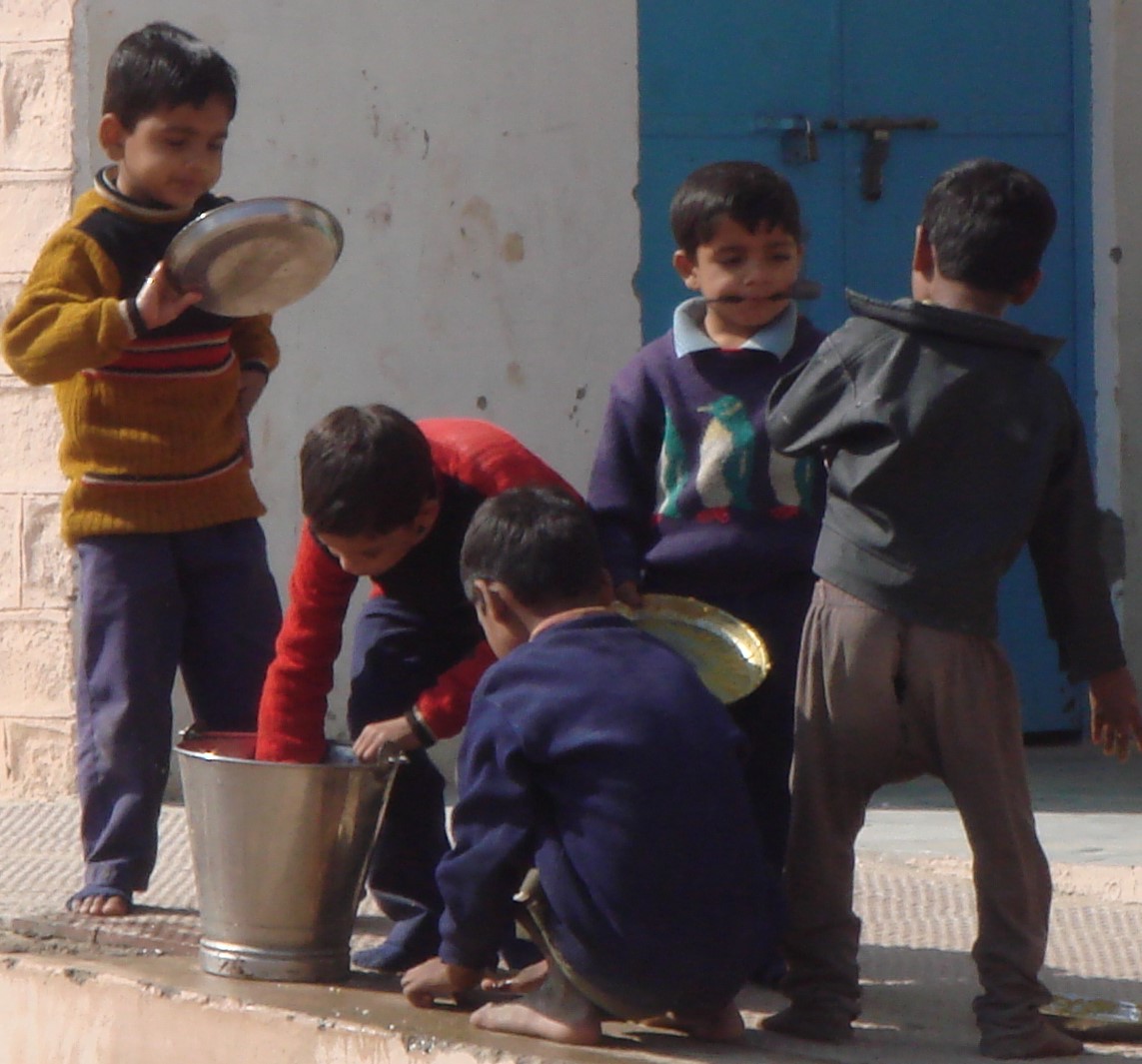
The Mid-Day Meal scheme has brought several benefits in its wake. Anita Rohatgi, Principal of the Rajkya Prathmic Vidyalaya, Madhuban Housing Board, makes an interesting observation, “Our students have learnt to respect food. After eating, they carefully wash their hands and steel plates with water stored in buckets as there isn’t enough running tap water”.
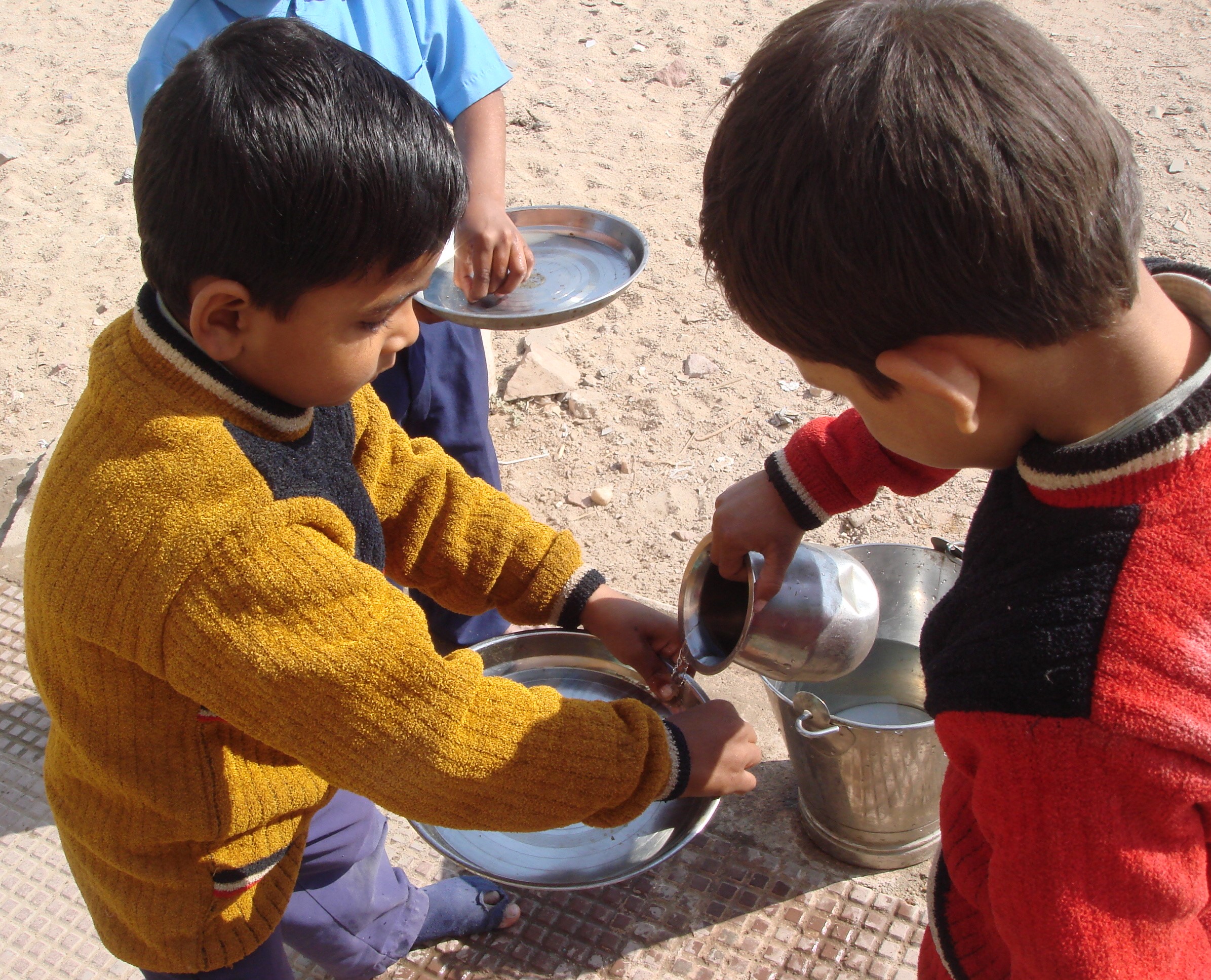
She recalls a time before this scheme was introduced, when children were less active and often fell ill. “The scheme is helping to supplement nutrients in the daily diet of our children. One balanced meal every day has reduced deficiencies of vital nutrients like vitamins and calcium, making them less susceptible to diseases,” says Rohatgi.
The state Medical and Health Department conducts a regular medical check-up of students, and those with deficiencies are given medical assistance as well as micro-nutrients like Vitamin A, iron, folic acid, and multi-vitamins.
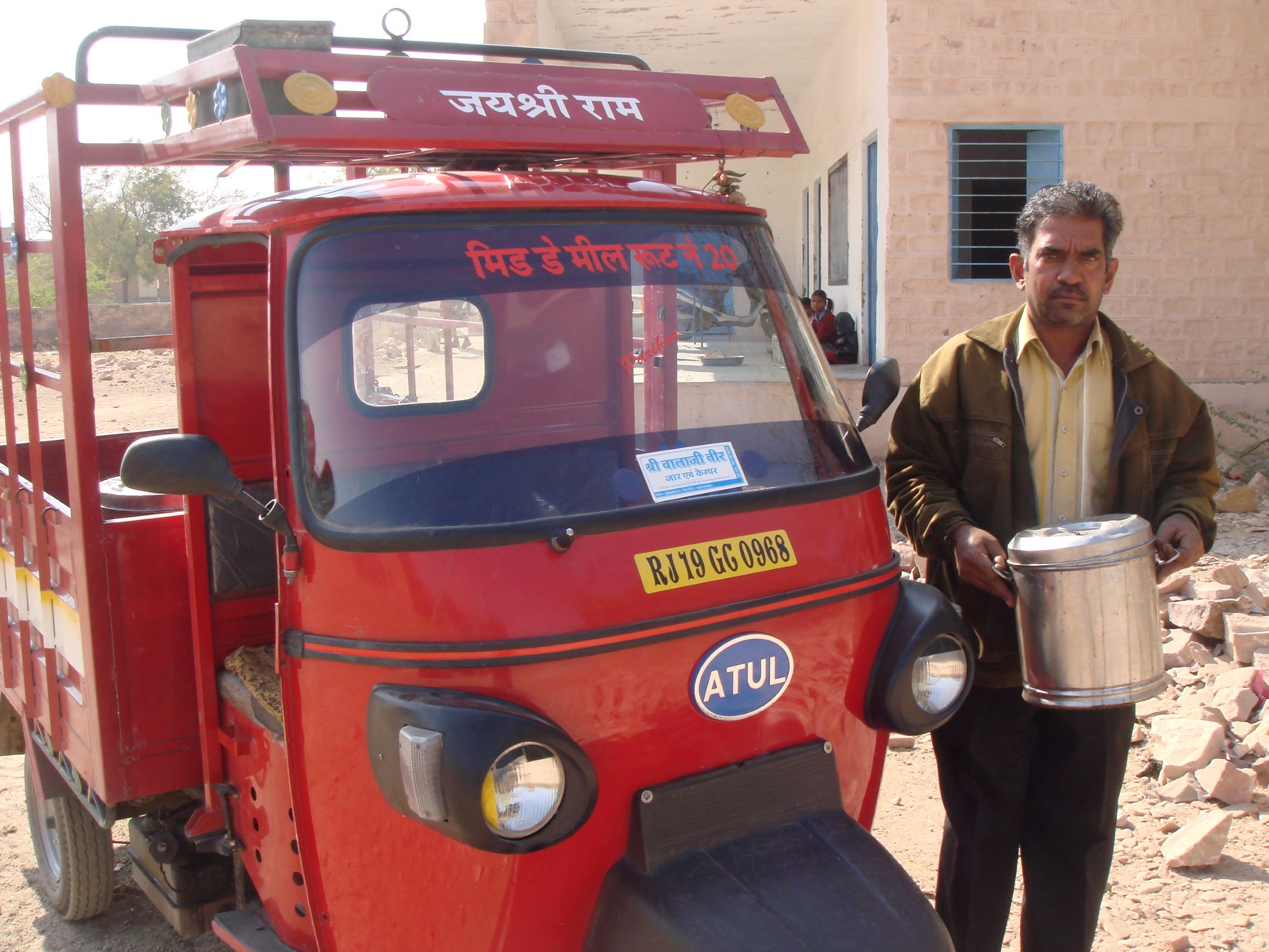
There is room for improvement, of course. The machine made ‘rotis’ from the centralised kitchen provided to the students are rather stiff and the kids have to eat it as biscuit or break it into pieces and soak it in dal or vegetable curry (“roti chur ke”). Rohatgi suggests that rather than using machines, if women are employed to make the ‘rotis’, it would not only improve the texture of the rotis, but also become a source of income for women.
Despite the occasional complaint, the efficacy of the Mid-Day Meal Scheme as a source of supplementary nutrition and as an incentive to attend school, cannot be denied. According to Jodhpur District Collector Siddharth Mahajan, “This has been one of the better schemes for its usefulness and effective implementation. It has also helped break caste barriers since all the children sit and eat together.”
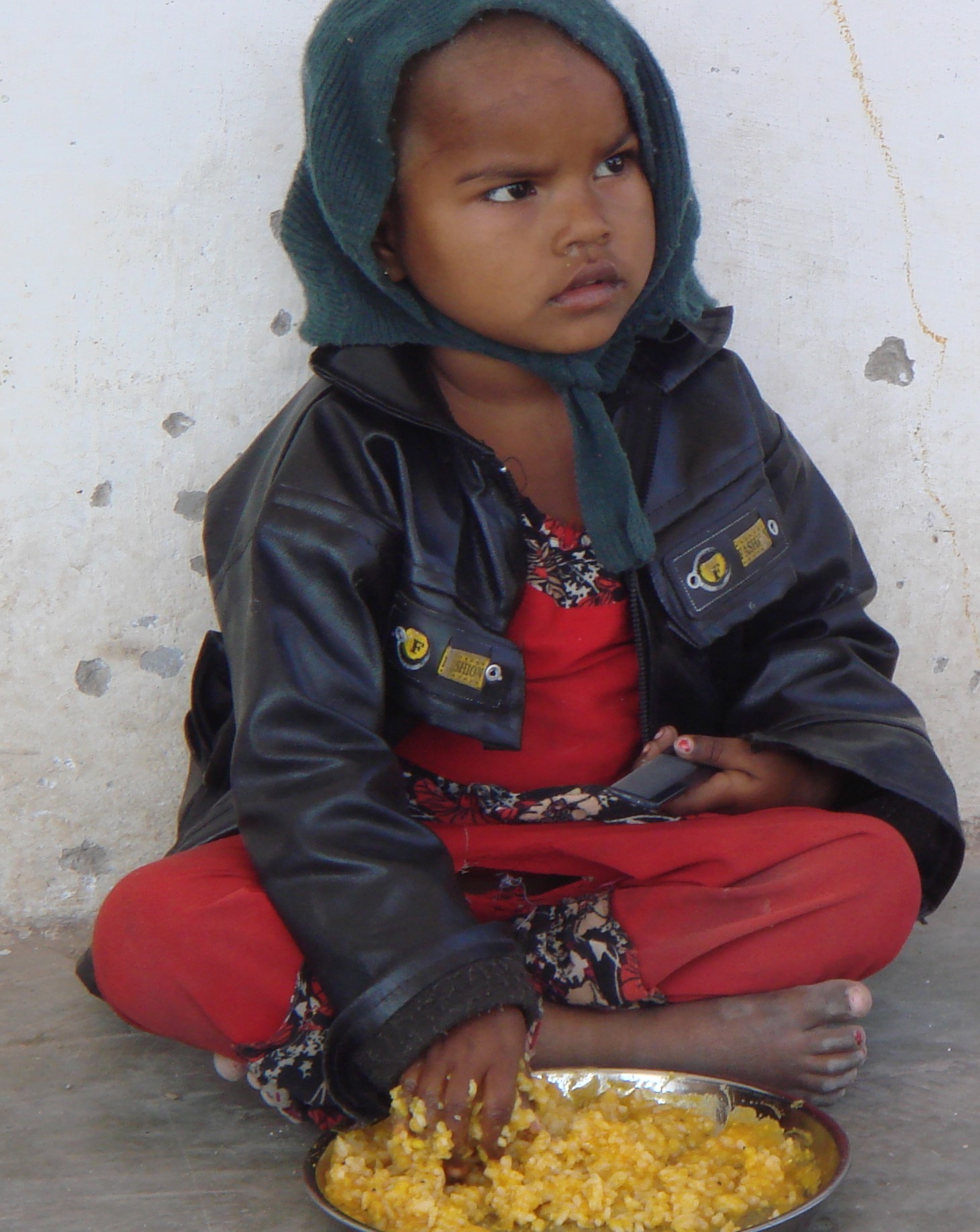
But the collector’s clinching argument is that the mid-day meal has emerged as a major source of nutrition for many who were getting very little to eat. Mahajan says, “If there was no mid-day meal,children in Classes 1 to 5, would not be getting 12 grams of protein and 450 calories and those in Classes 6 to 8 would have been deprived of 20 grams of protein and 700 calories. That’s the reason we have been running the Mid-Day Meal scheme here, even during the summer holidays and in times of drought.”
© Copyright Neena Bhandari. All rights reserved. Republication, copying or using information from neenabhandari.com content is expressly prohibited without the permission of the writer and the media outlet syndicating or publishing the article.

